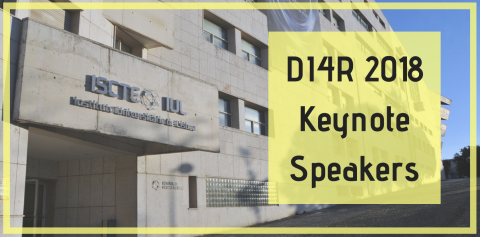The Life Cycle of Structural Biology Data: A discipline with a culture of sharing
Date:
Thursday, September 29, 2016 - 16:00
Overview:
The output is intended to become both a paper and an RDA report.
Research data is acquired, interpreted, published, reused, and sometimes eventually discarded. Understanding this life cycle better will help the development of appropriate infrastructural services, ones which make it easier for researchers to preserve, share, and find data.
As Vines et all point out “It is likely that expectations on data sharing will differ between academic communities” [ DOI: 10.1016/j.cub.2013.11.014]. This report examines the particular features of the data life cycle within structural biology, and makes recommendations for the next steps in provision of data management facilities.
Target Audience:
Data repository providers.
Benefits for Audience:
Structural biology has a strong tradition of data sharing, expressed by the founding of the Protein Data Bank (PDB) in 1971 [Protein Data Bank Nature New Biology 233:223]. In the early years, data submissions to the archive were made by mailing decks of punched cards. In 2015, 9338 new structures were deposited, the result of more than 25,000 experimental sessions. Diamond Light Source alone archived more than a petabyte of experimental data during 2015. All these experiments have together a combined data rate greater than that of the Large Hadron Collider.
The presentation will discuss the implications of these special features for users and IT providers, and the similarities and differences of structural biology practices from the generic life cycle of research data.
Topic 4: Working with data
| Presenter | Organisation |
| Chris Morris | STFC |
Download presentation:



